In the context of digital health and smart safety solutions of modern era wearable technology has transcended from fitness tracking to an essential technology for both people as well as office safety. One of the most advanced forms is hazard detection wearables smart as their sensors embedded in these devices are able to detect environmental as well as biological risks in real-time. All of these devices are a must in critical environments such as industrial plants, chemical labs, mines and even hospitals where early detection of hazards permits accidents avert, protective exposure reduces and saves lives.
Hazard detection wearables integrate sensors for gas detection, biometric monitoring, and geolocation into lightweight, comfortable designs that can be embedded in clothing or worn as standalone devices. As safety standards become more stringent and the need for proactive protection grows, these wearables offer a powerful tool to monitor threats before they escalate into emergencies.
Safety Wearable Devices
Safety wearable devices are a growing category of technology focused on protecting users from environmental, chemical, and physical threats. These devices are used extensively in occupational health and safety, emergency response, and military settings, where they provide continuous data on parameters such as gas exposure, temperature, motion, and vital signs.
One of the most common safety wearables that are seen are smart helmets (impact sensors), smart-watches capable of fall detection and panic alerts; as well as chest-worn gas monitors. These devices are meant to snap to attention when abnormalities are detected by sending notifications to users themselves, supervisors or centralized monitoring centers.
A key advantage of these devices is the real-time monitoring to enable immediate hazard response. Unlike traditional safety approaches that are based on periodic checks and manual reporting, wearables do, by assisting with risk assessment 7 days a week 24/7 often with wireless communication capabilities for immediate data exchange. This translates to the ability for industries to improve safety compliance while decreasing accidents, operational outages and insurance exposures.
Are Wearable Devices Safe
While wearable technology is generally considered safe, there are valid concerns and challenges, particularly when these devices are used in sensitive health or industrial contexts. Safety involves not just the physical hardware but also the integrity of the data, the potential for sensor failure, and the long-term exposure to electromagnetic fields (EMFs).
Scientific literature indicates that the majority of modern wearable devices operate well within international safety limits for EMF exposure. Devices that undergo regulatory testing such as those approved by the Canadian Standards Association (CSA) or the U.S. Food and Drug Administration (FDA) are considered safe for long-term use. Moreover, advances in low-energy Bluetooth and near-field communication (NFC) have made data transmission more efficient and safer than ever.
A further facet of safety data privacy and cybersecurity are. As a great deal of wearable devices gather (and send in some circumstances) data associated with personal health or location, this information needs to be protected. For example, in Canada manufacturers are required to conform with frameworks such as PIPEDA (Personal Information Protection and Electronic Documents Act) that mandate strong data encryption and access control models.
Finally, Safety of the user as well relies upon Device Accuracy and Reliability. To ensure device accuracy and reliability in dangerous environments wearables have to be tested very hard to prevent false alarms or sensor non-working, which desensitizes and fails the user in real threats.
A Survey of Wearable Devices and Challenges
A comprehensive look at the wearable technology landscape reveals rapid innovation but also several ongoing challenges. Wearable devices used for hazard detection fall under various categories, including gas detectors, biosensors, thermal imaging wearables, and radiation monitors. Each serves a specific function but shares common challenges related to power consumption, sensor accuracy, data latency, and environmental durability.
One of the major pain points that cannot be stressed enough by many! Devices that are powered by tiny batteries, such as wearables tend to need constant recharging or battery replacement, impossible in places where people carry on working such as mining or firefighting. Besides, Sensor drift and environment impacts consume evidential accuracy particularly in multi-gases or high-humidity operation.
The data integration is another jam! Data from depth across dozens/multi-dozen wearable devices that most organizations have a hard time knitting into one actionable platform. Lack of standardization in APIs and protocols can add time to decision making and complicate emergency response interoperability.
The advantages that wearable systems could offer in the things these sensor-based technologies do well (situational awareness, early warning, continuous health tracking for example) more than outweigh potential limitations despite these challenges. Incremental investment in AI-driven analytics with the modular design and sensor materials is expected to resolve major problems in near future.
Biohazard Detection System
Biohazard detection systems represent a specialized branch of wearable safety technology aimed at identifying the presence of biological threats such as bacteria, viruses, and toxic organic compounds. These systems are increasingly used in military defense, pandemic response, and healthcare environments, where even trace amounts of biohazards can have devastating consequences.
Present-day biohazard detection wearables utilize fluorescence spectroscopy, electrochemical biosensing and molecular imprinting in order to analyze the presence of biological agents that are potentially harmful. While some are able to measure aerosols, others target skin-borne pathogens or sweat/ saliva metabolites. The design is absolutely focused on portability, rapid fire and extremely sensitive.
The market for biohazard detection systems is set to grow exponentially as recognition of threats from biology increase worldwide. Geospatial tracking in real-time data can assist health authorities geo-locate outbreaks, containing the affected areas and provide timely medical services.
How Toxic Alert Aligns with Hazard Detection Wearables
Toxic Alert, our advanced smart wearable, embodies all the capabilities expected from a cutting-edge hazard detection device. It offers comprehensive environmental and biometric monitoring by detecting the presence of toxic gases, measuring blood oxygen levels, and tracking heart rate and movement in real-time. Unlike traditional gas detectors or basic wearables, Toxic Alert is embedded directly into the user’s clothing, allowing for unobtrusive yet constant protection.
What probably makes Toxic Alert really stand out is its flexible and programmable nature that separates itself from basically anything else out there. It can be configured for factory workers, first responders or anyone who has a pre-existing health condition. Its wireless communication capabilities, automatic alerts and CSA/IHS standards for unmodified use in hazardous locations makes this device suitable to professional use. Mobility, accuracy and response speed: Toxic Alert tackles the highest priority in this space, as a smart hazard detection wearable; bridging environmental sensing with that of human health it enables an integrity solution for early detection conundrum.

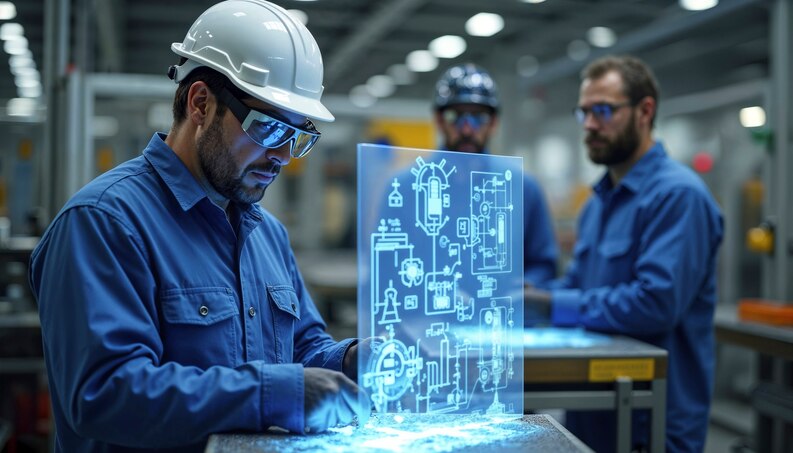

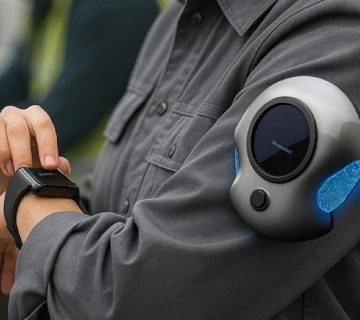
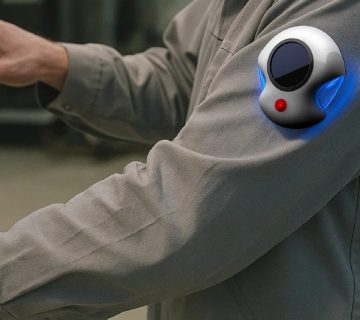

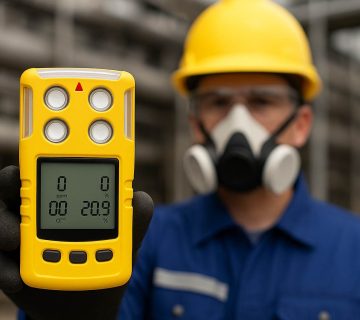
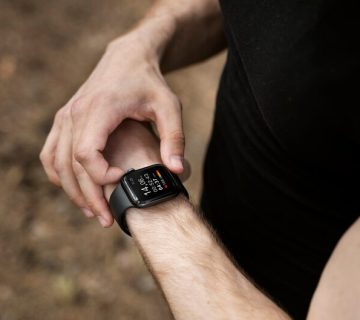
No comment